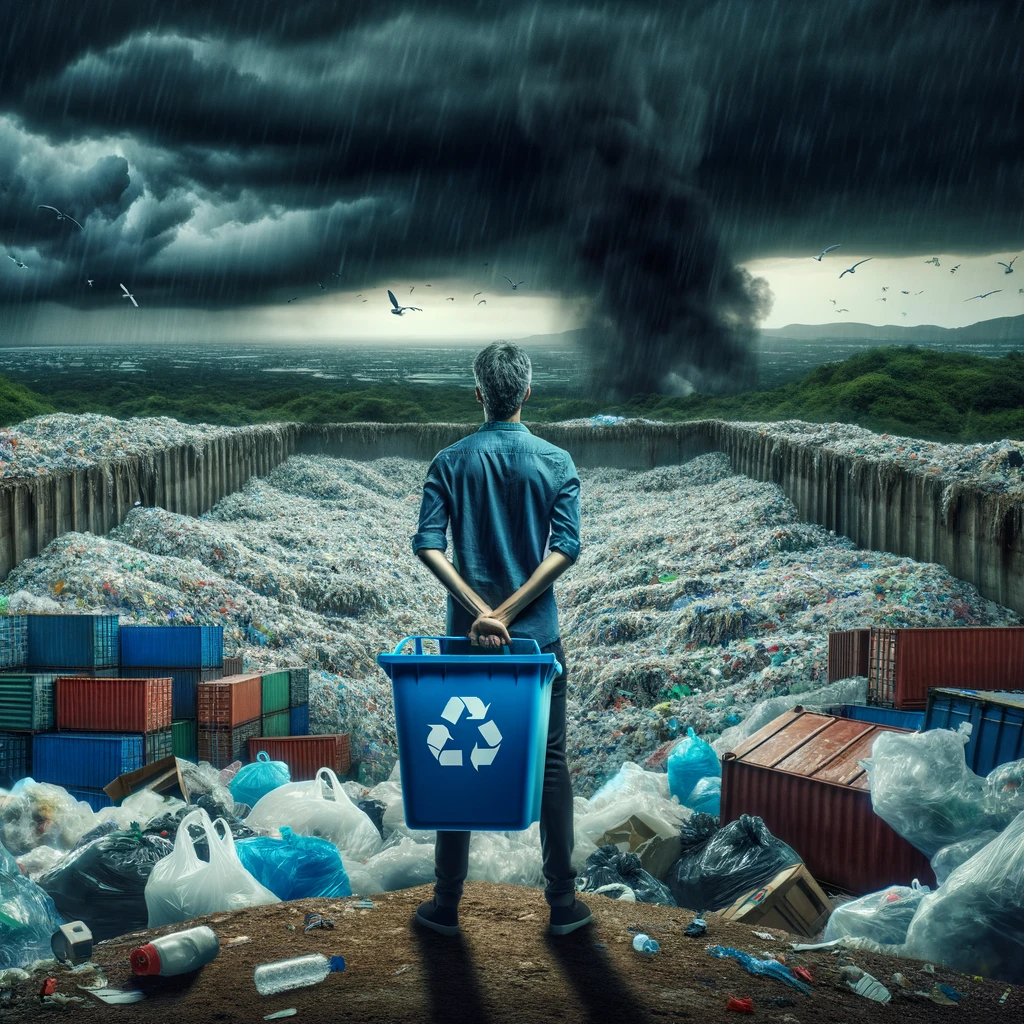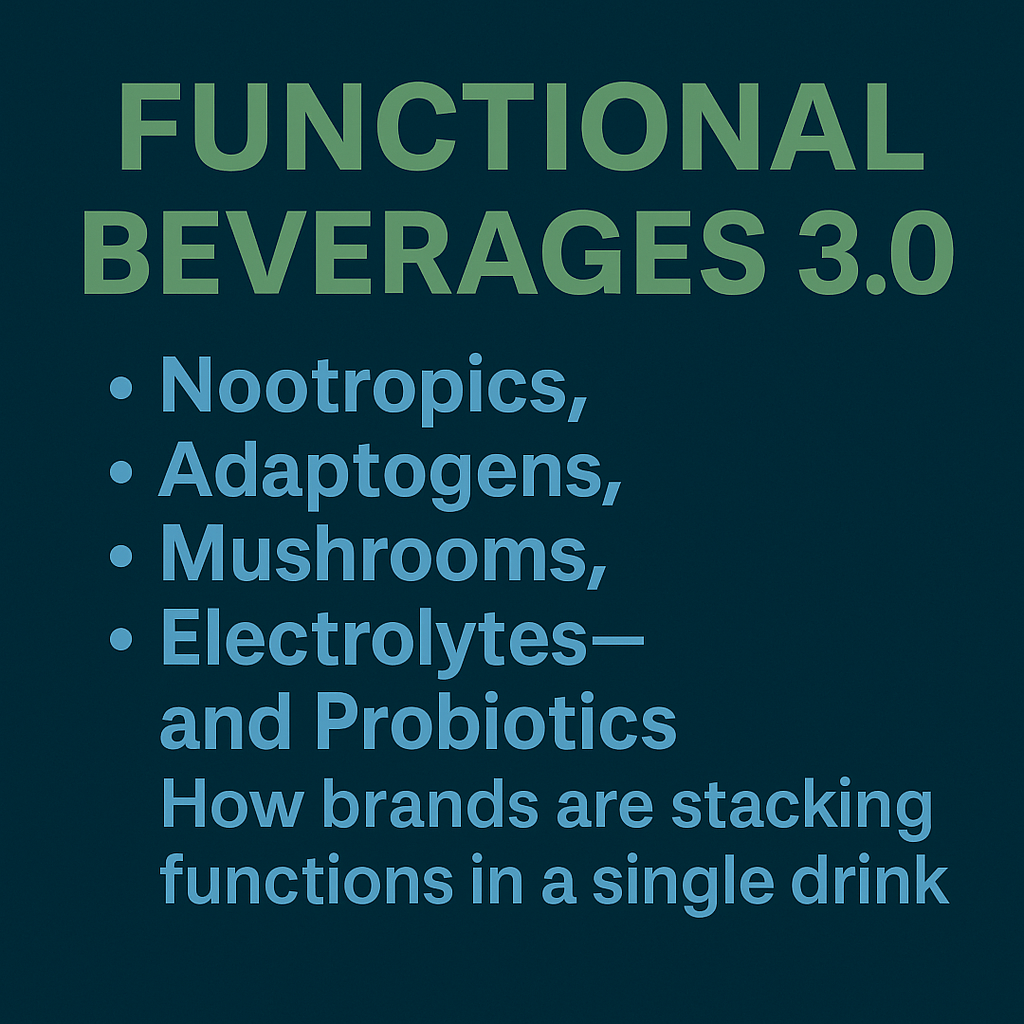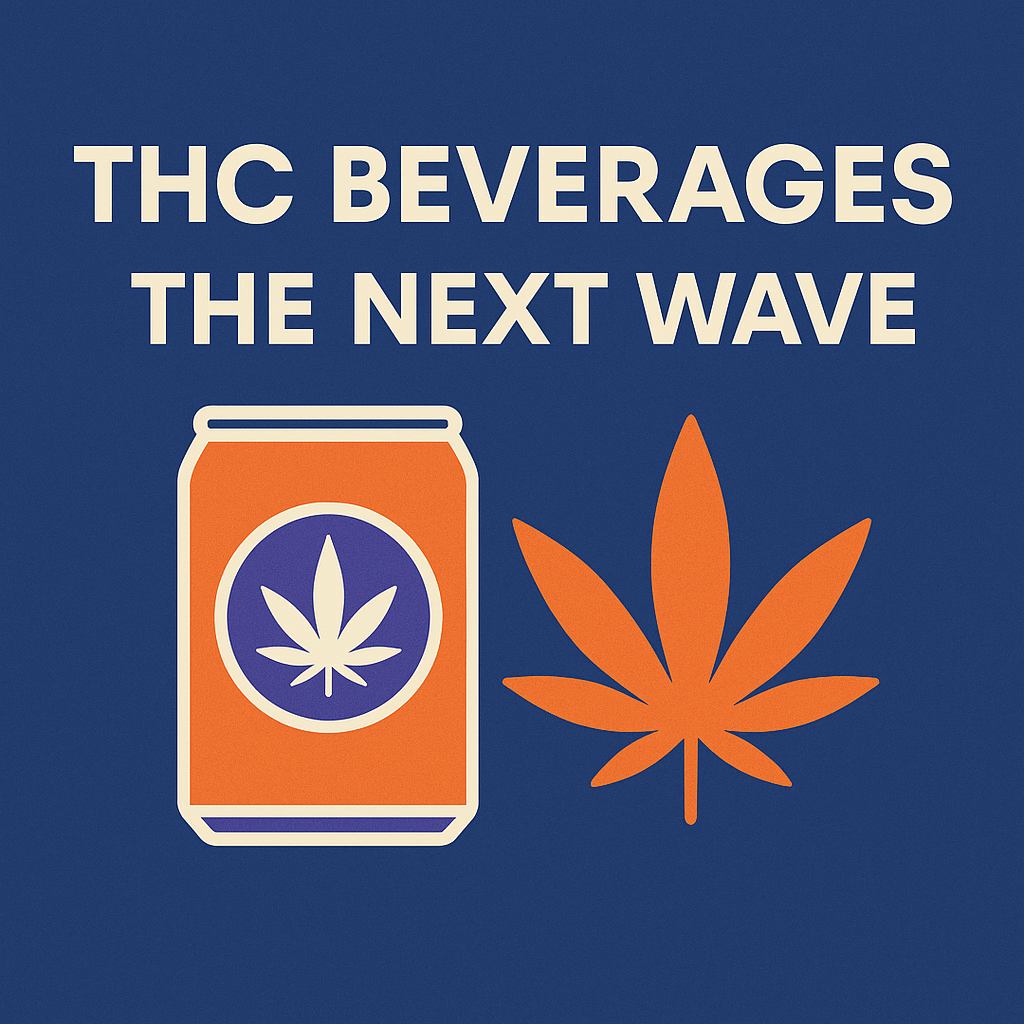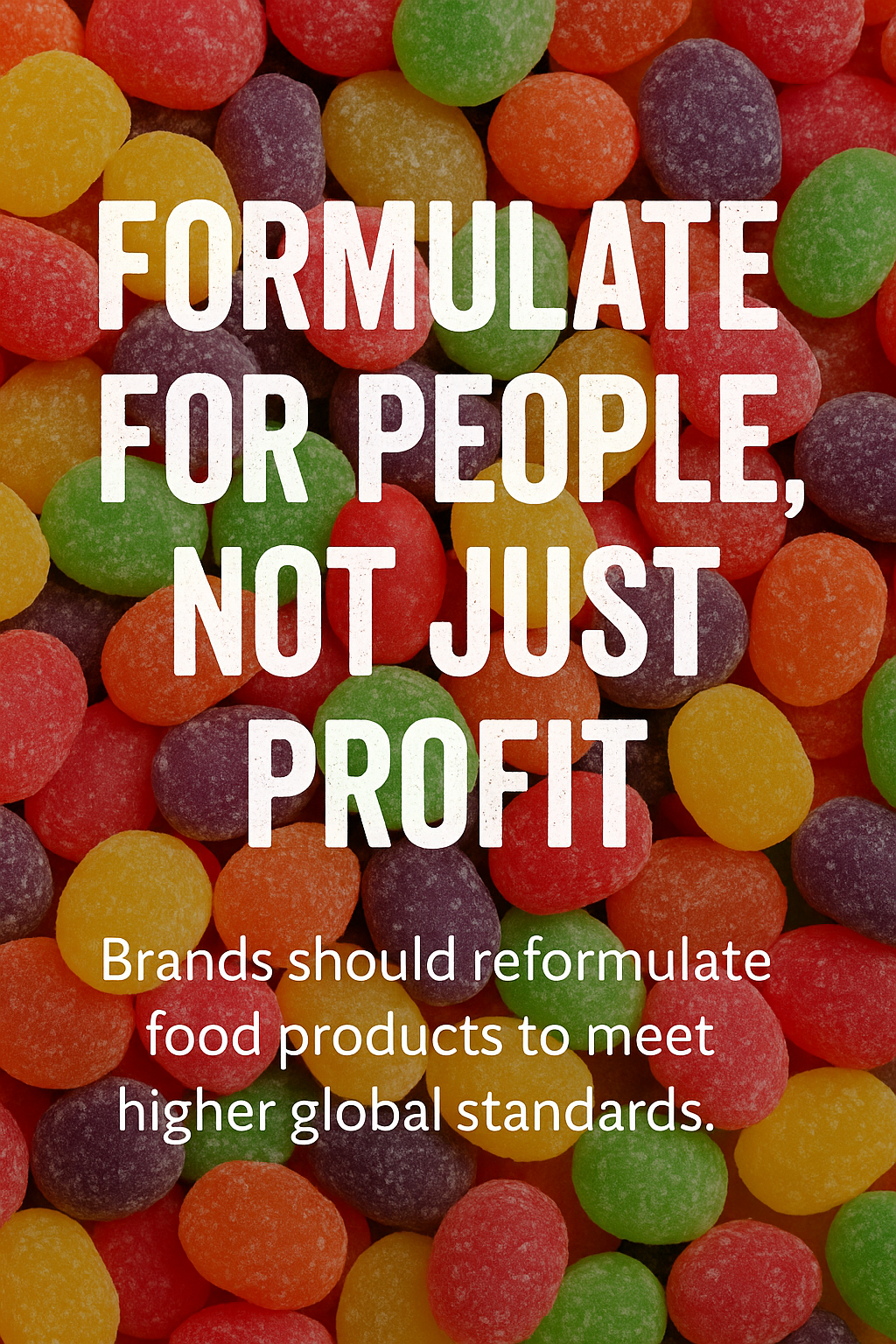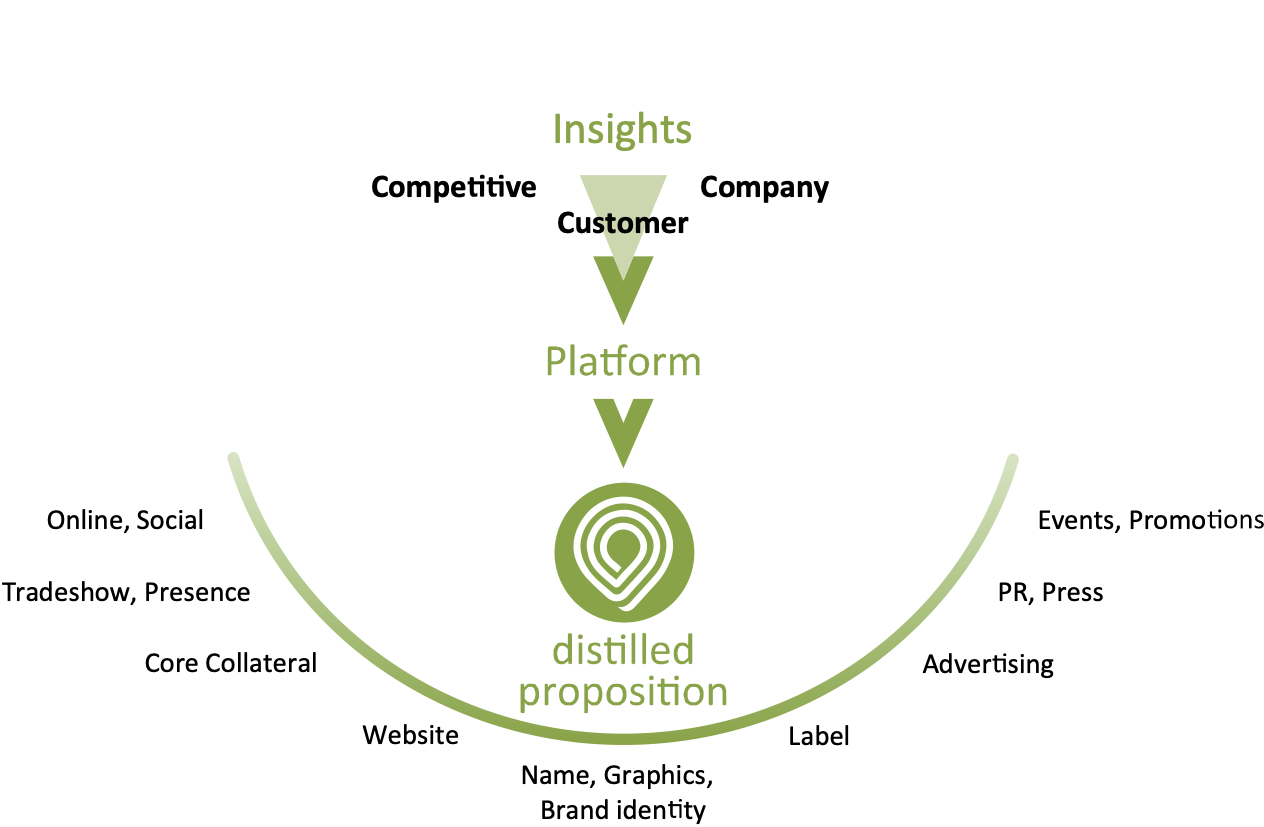The functional beverage space is evolving—fast. What started with protein shakes and vitamin waters has transformed into a sophisticated market…
Recycling: The Great Environmental Hoax? Uncovering the Dirty Truth Behind Our Obsession with Blue Bins
We’ve been spoon-fed a convenient lie: Recycling is our savior, our ticket to redemption in the face of environmental doom. It’s a comfortable narrative, peddled by those in power, echoing through the chambers of public opinion. But the harsh reality? It’s a smokescreen, a distraction from the seismic shifts truly needed to confront our ecological crisis.
Consider this: Our environmental efforts aren’t about saving the planet; they’re about saving ourselves from our own catastrophic blunders. Earth is an ancient, resilient entity, having witnessed countless species rise and fall. Our existence is but a fleeting moment in its vast timeline. The damage we inflict upon it is ultimately a path to our own extinction, while Earth will endure, unscathed, long after humanity’s final chapter.
Yet, let’s shatter another illusion: We’re not really recycling. The entire recycling system is a facade, a feel-good solution to a problem we barely understand. Here’s the brutal truth about the recycling industry and the environmental catastrophe we’re sleepwalking into.
Understanding the Recycling Farce
The concept of recycling is deeply ingrained in our psyche. It’s simple: Discard your waste into the blue bin, and it magically transforms into new products. But the reality? It’s a cycle of diminishing returns. Most materials are down-cycled, losing quality and utility with each iteration until they’re ultimately worthless. The few examples of up-cycling are exceptions, not the norm. So, what’s the point?
The Unspoken Truth About Plastic
Here’s where it gets controversial: A staggering 91% of plastic isn’t recycled. That’s right, the vast majority of our plastic waste ends up in landfills or polluting our oceans. Plastic takes an astonishing 450 years to decompose, meaning every piece of plastic ever produced is still with us, haunting our planet.
Leading this charge are the world’s most notorious plastic polluters in the food and beverage industry: The Coca-Cola Company, PepsiCo, Nestlé, Unilever, and Mondelēz International. These giants of industry have consistently topped the lists of plastic polluters, with Coca-Cola being named the world’s worst plastic polluter for consecutive years.
Their actions contribute significantly to the global plastic crisis. We’re led to believe that by recycling, we’re part of the solution. However, the reality is starkly different. A substantial portion of plastic waste doesn’t get recycled, leading to an accumulation of plastic that takes centuries to decompose. The blame doesn’t solely lie with consumers; these corporations bear a significant responsibility for the proliferation of plastic waste.
The issue of plastic packaging pollution is a significant environmental challenge that has gained widespread attention. Here are some updated statistics and insights:
Global Plastic Waste Production: The world produces around 400 million metric tons of plastic waste every year. Of this, 10 million tons end up in the ocean annually. China is the largest plastic-producing country, accounting for 32% of global production, followed by the United States, which produces more annual plastic waste than any other country.
Ocean Plastic Pollution: Approximately 0.5% of plastic waste ends up in the ocean. Most ocean plastics today originate from middle-income countries, and only a small share of plastic gets recycled. Improved waste management is key to addressing this issue.
According to the sources:
- A report suggests that by 2050, oceans are expected to contain more plastics than fish by weight.
- Fact-checking of this claim indicates that there could be 850-950 million tons of ocean plastic by 2050, compared to total fish stocks of 812 million tons.
- If current trends in plastic pollution continue without significant intervention, the scenario where oceans carry more plastic than fish (by weight) by 2050 becomes increasingly likely.
These projections underscore the urgent need for global efforts to reduce plastic pollution and protect marine ecosystems. The comparison between the biomass of fish and plastic serves as a stark reminder of the scale of the environmental challenge we face.
Plastic in Food Packaging: Plastic’s share in food packaging is expected to hit 72% by 2024. Despite the increasing awareness of the environmental impact of plastic, plastic-based packaging is projected to maintain over 50% of the packaging materials in global consumer packaged goods categories by 2024.
Increase in Plastic Leakage: Global plastic leakage to the environment is predicted to double to 44 million tons per year. The accumulation of plastics in lakes, rivers, and oceans is expected to more than triple by 2060, as plastic waste increases from 353 million tons in 2019 to 1,014 million tons.
Nano-plastics, extremely small plastic particles, present significant concerns in bottled water and packaging. Here are some of the key issues:
Health and Environmental Concerns: Micro and nano-plastic pollution in water is a global environmental and public health concern. The extensive use of plastics since the 1950s has led to significant plastic pollution, with global plastic production reaching 360 million tons in 2019.
Presence in Bottled Water: Studies have found that bottled water can contain up to 400,000 tiny plastic particles per liter. These nano-plastics are so small that their effects on human health are not fully understood yet.
Migration into Food: The use of plastic polymers in food packaging has raised concerns about the migration of nano- and microplastics into various foods. This migration can potentially affect nutrient digestion, absorption, and metabolism. The extent of nano-plastics’ presence in drinking water systems and their health risks are still being researched due to the difficulties in isolating and analyzing these particles.
Release of Nanoparticles: Exposure of plastic products to hot water can result in the release of trillions of nanoparticles per liter into the water. This finding highlights the ubiquity of plastic particles in the environment.
The presence of nano-plastics in bottled water and packaging is a growing concern, particularly due to the potential health risks and the environmental impact of these tiny particles. Further research is needed to fully understand their effects and develop strategies to mitigate their presence in consumer products.
Single-Use Plastics: Around the world, one million plastic drinking bottles are purchased every minute, and 500 billion single-use plastic bags are used annually. Half of all plastic produced is designed for single use and then discarded.
These statistics highlight the growing challenge of plastic pollution, particularly from packaging, and underscore the need for more sustainable practices and effective waste management strategies.
The Complicity of the FTC
The Federal Trade Commission (FTC) plays a crucial role in this environmental charade. They allow companies to slap ‘recyclable’ labels on nearly anything, irrespective of its actual recyclability. Products like Tetra Pak are a prime example: labeled as recyclable, but in practice, they rarely are. The FTC’s guidelines are a labyrinth of loopholes and vague rules, providing cover for corporations to continue their environmentally destructive practices. Approximately 80% of Americans cannot recycle Tetra Pak.
Typically, Tetra Pak cartons consist of layers of paperboard, polyethylene (plastic), and aluminum. This complex combination makes the recycling process difficult.
The primary challenge is separating these materials from one another. The paperboard must be separated from the plastic and aluminum layers to be recycled effectively. However, the separation process is not only technically demanding but also costly, which limits the number of facilities capable of recycling Tetra Pak cartons.
Furthermore, even when the materials are successfully separated, the individual components often degrade in quality, making them less valuable and useful for creating new products. This decreases the economic feasibility of recycling Tetra Pak cartons and leads to a significant portion of them ending up in landfills or as pollution.
So, What is safe for humans and the environment?
When selecting packaging materials that are both safe for consumers and environmentally friendly, several options stand out:
- Recyclable Materials: Choosing recyclable materials like aluminum, cardboard, paper, or glass is recommended. These materials can be recycled and reprocessed into new products, reducing waste and energy consumption compared to producing new materials from scratch.
- Paper-Based Materials: Paper-based materials, such as corrugated cardboard, molded pulp, and kraft folding carton, are environmentally friendly choices. They can be recycled and reformed into new paper-based products, making them a sustainable option for packaging.
- Compostable Packaging: Compostable packaging, usually made from plant-based materials like corn, sugar cane, or bamboo, can naturally decompose back into the earth without leaving toxic residue. This type of packaging is particularly suitable for reducing environmental impact.
- Sustainably Sourced Paper or Cardboard: Packaging materials sourced from sustainably managed forests and made of recycled materials are good environmental choices. They help in reducing packaging waste and are preferable over non-recyclable materials like certain plastics and Styrofoam.
Aluminum recycling is a highly efficient process, and a significant percentage of aluminum has already been recycled. Key statistics on aluminum recycling include:
Global Recycling Efficiency Rate: The global recycling efficiency rate for aluminum is around 76%.
Recycling in the United States: About half of all used aluminum beverage cans in the US were recycled in 2020, with beer and soft drink cans being the most recycled category at 50.4%.
Aluminum in Use: Nearly 75% of all aluminum ever produced is still in use today, thanks to its high recyclability. Aluminum can be recycled over and over again without any loss of quality.
These materials align with consumer preferences for sustainable and eco-friendly packaging solutions, and their use contributes positively to environmental conservation efforts.
In the intricate dance of environmental responsibility, we’ve been led in circles by the tune of recycling, but who’s conducting the orchestra? Take the Federal Trade Commission (FTC), whose guidelines are rife with loopholes large enough for corporations to drive a truckload of non-recyclable plastics through. The FTC’s cozy relationship with influential manufacturers muddies the waters of genuine sustainability. For example, companies like Coca-Cola and Nestlé tout recycling programs while simultaneously contributing disproportionately to plastic waste. Consider the case of Tetra Pak packaging, emblazoned with the recycling symbol yet recycled at abysmal rates due to its complex material makeup, leaving the majority to languish in landfills.
We see a similar tale with plastic bottles; despite the ubiquity of recycling bins, less than half are actually recycled, the rest contributing to the growing plastic smog in our oceans. This narrative unfolds against the backdrop of consumer culture, where the burden of waste management is shifted to the individual while systemic change is stifled. It’s clear that our current symphony of recycling is less a harmonious melody and more a cacophony of missed notes and opportunities. It’s time for the curtain to fall on this performance, replaced by a new score prioritizing reduction and reuse over the illusory comfort of recycling.
The Path Forward
Despite the grim reality, recycling still matters. It’s a flawed system, but it’s better than nothing. The real change, however, lies in overhauling the FTC’s guidelines, demanding that companies take responsibility for their waste, and urging consumers to reduce their plastic consumption. We need to shift to more sustainable materials like glass and aluminum.
The first step towards meaningful change is acknowledging the whole truth and spreading awareness. Only then can we pressure governments and corporations to rectify the mess they’ve created. Stay tuned to my blog for more eye-opening insights into the environmental issues we face and the actions we must take.

